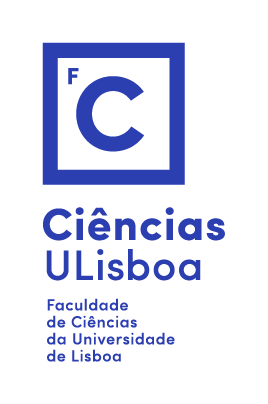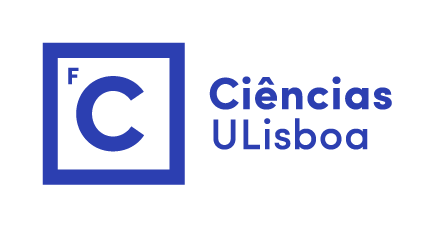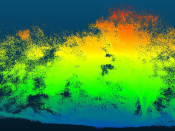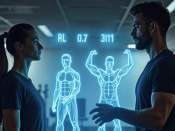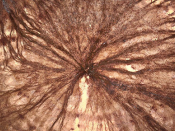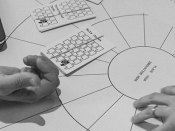Por Arthur Hernandez (Instituut-Lorentz, Leiden University, Leiden, The Netherlands).
Abstract: Hydra is a small freshwater polyp that has attracted much interest due to its remarkable healing abilities: a small, excised piece of the creature can regenerate and self-organize into another fully functional adult. The healing process and target body plan are highly correlated with nematic defects in the creature’s muscle fibers, which serve as morphogenetic organizers. At the solid-like spheroidal stage in healing, the creature is an isotropic mass and cells stop dividing and migrating, but nonetheless, defects self-propel and organize in concert to establish the head-foot body axis without tissue fluidity and in the absence of signaling proteins. My collaborators and I explore the active solid mechanics perspective on the motility and self-organization of active topological defects in the framework of nematic elastomers with an eye towards explaining several key morphogenetic events in Hydra. Our work consists of two papers, and results include: 1) self-propulsion of +1/2 defects that move relative to the elastic medium by local remodeling of the nematic texture without advection. This mechanism is fundamentally different from the fluid case and can lead to unbinding of defect pairs and stabilization of +1 defects. 2) Analysis on the role of constraints set by spherical topology on active stresses which engenders global spontaneously symmetry breaking whereby forces focus at opposite poles and thereby “pull” defects towards future head and foot sites to establish the body plan. Both works answer key questions on how Hydra mechanically self-organizes and help open a new chapter on solid mechanics of active nematics.
